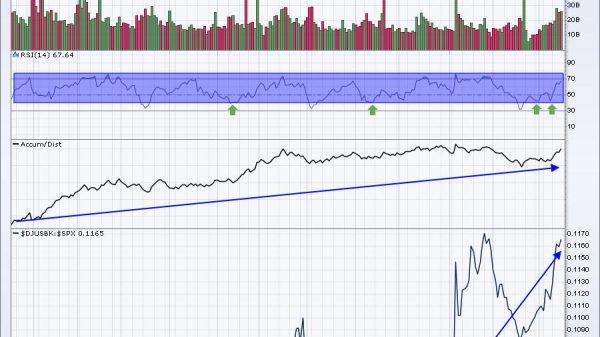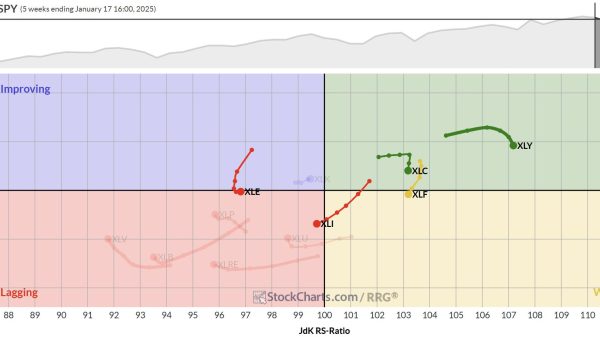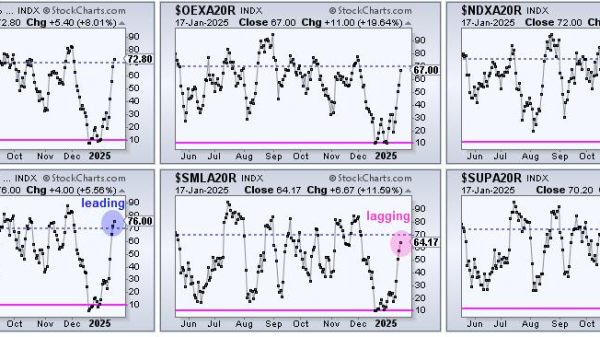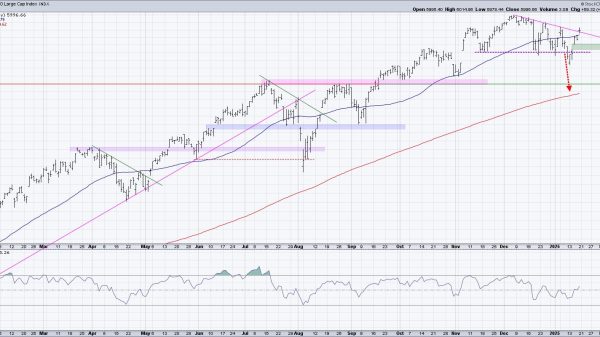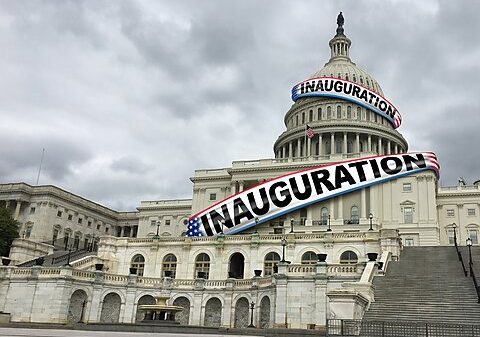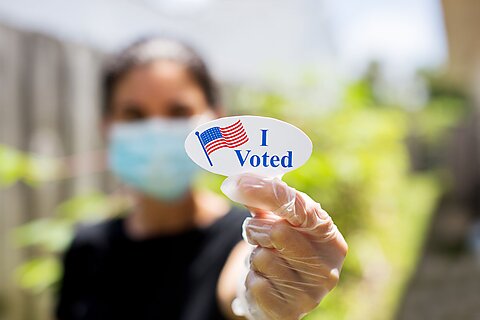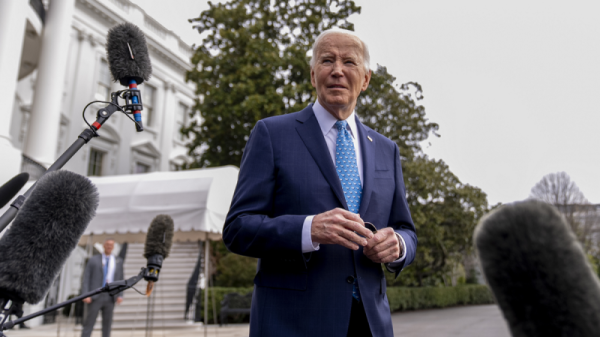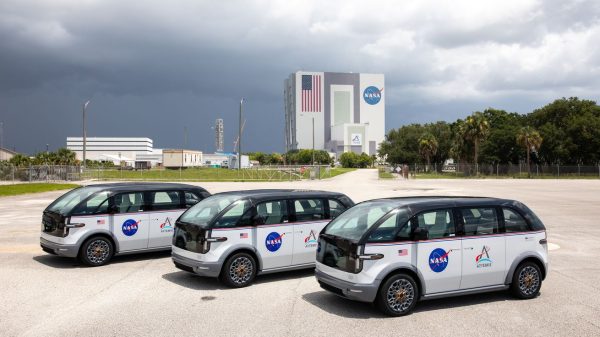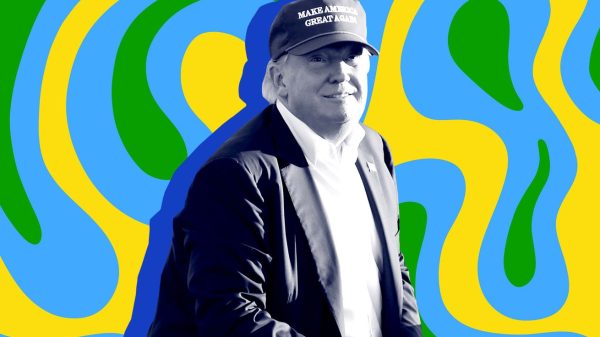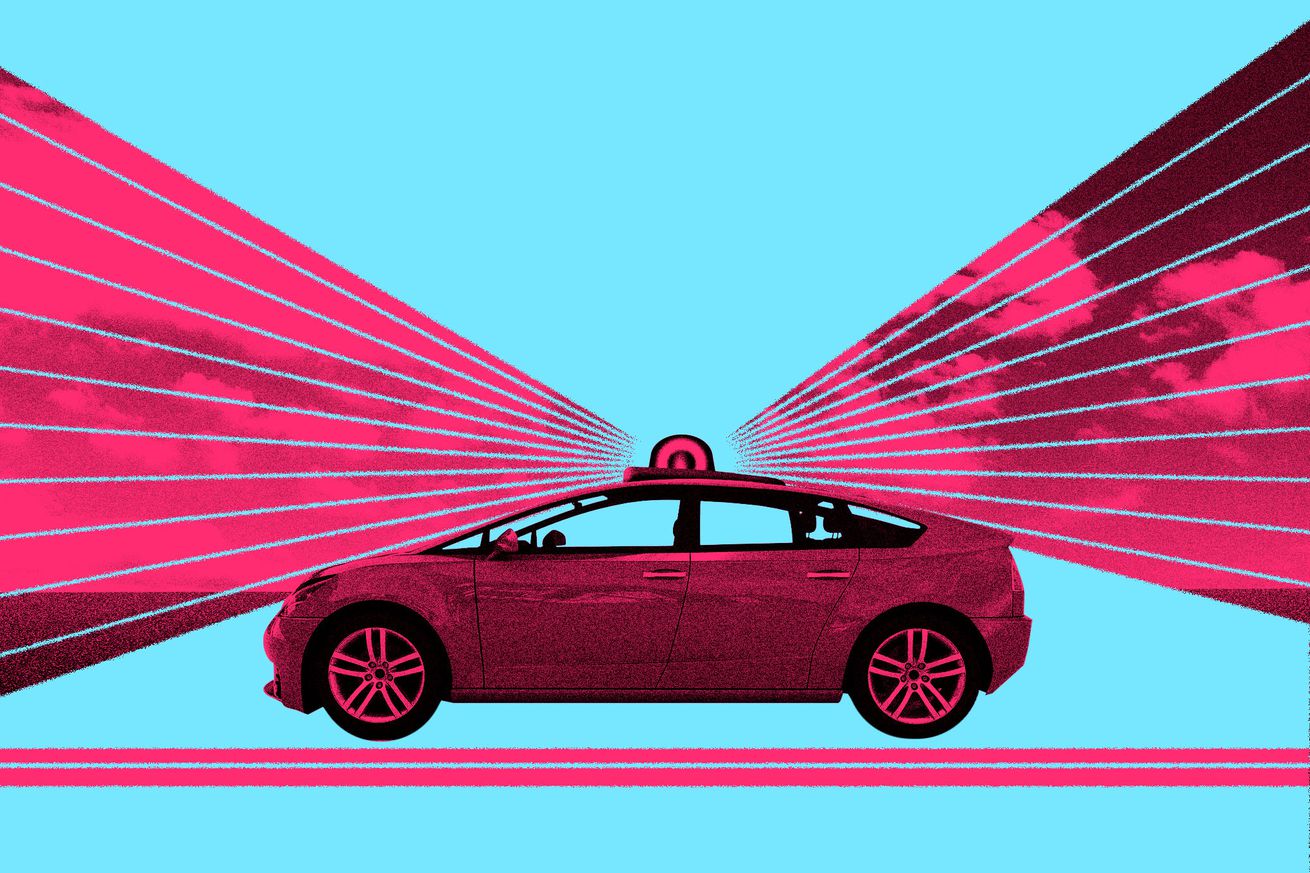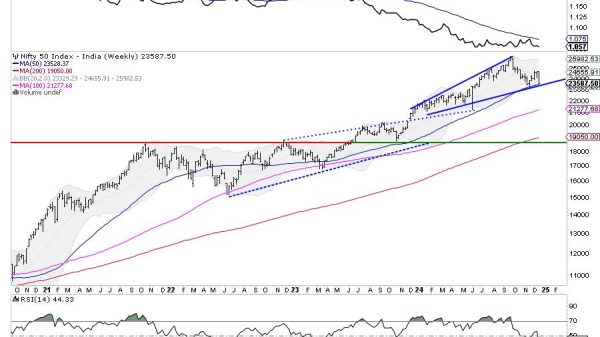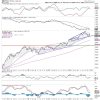
The National Highway Traffic Safety Administration announced a new “voluntary national framework for the evaluation and oversight” of autonomous vehicles, a bureaucratic first step that could eventually open the floodgates for fully driverless cars. But there’s a twist: the agency wants self-driving car companies to cough up more data.
The proposed rules were first announced last year as the ADS-Equipped Vehicle Safety, Transparency and Evaluation Program, also known as AV STEP. This program would allow the agency to authorize the sale and commercialization of more vehicles without traditional controls, like pedals and steering wheels, without hitting the annual cap on the number of exemptions to safety requirements. NHTSA is promising “an exemption pathway that is tailored for ADS-equipped vehicles,” suggesting a less onerous, time-consuming process for the release of fully driverless vehicles.
In exchange, the agency is requesting more data from the companies that operate driverless cars, arguing that greater transparency is needed to foster public trust in the technology.
“AV STEP would provide a valuable national framework at a pivotal time in the development of [automated driving system] technology. Safe, transparent, and responsible development is critical for this technology to be trusted by the public and reach its full potential. This proposal lays the foundation for those goals and supports NHTSA’s safety mission,” NHTSA Chief Counsel Adam Raviv said in a press release. “We encourage everyone to comment on our proposed program.
By kick-starting the rulemaking process, the Biden administration is giving a pretty big end-of-the-year holiday gift to the companies that have been laboring for decades on autonomous vehicle technology without any national regulatory framework to guide them.
The federal government has largely taken a back seat to in regulating autonomous vehicles, leaving states to develop their own rulebooks for safe deployment. Legislation that would dramatically increase the number of AVs on the road has been stalled in Congress for over seven years, with lawmakers at odds over a range of issues, including safety, liability, and the right number of exemptions from federal motor vehicle safety standards.
The Federal Motor Vehicle Safety Standards is the government’s official checklist for everything a car needs before it can be sold to customers, including steering wheels, pedals, and sideview mirrors. Driverless cars typically don’t need these controls, forcing companies to request exemptions to safety rules from the federal government before they can put their vehicles on the road.
But safety regulators keep a tight grip on these exemptions. There is a cap of 2,500 exemptions that each company is allowed to request. And to date, only one company, Nuro, has received an FMVSS exemption for its low-speed delivery robots that aren’t large enough for human passengers. General Motors tried for two years to get an exemption for its driverless Cruise vehicles before eventually giving up. (Earlier this month, GM said it would stop funding Cruise.)
Whether AV STEP survives into the next Trump administration, though, is an open question. For one, the incoming president is reportedly looking to quash a Biden-era transparency rule that requires companies operating vehicles with driver assist, as well as self-driving cars, to report crashes and injuries to the federal government. Scrapping the crash reporting rule would greatly benefit Tesla, which to date, has reported the highest number of crashes. And Tesla CEO Elon Musk is a close advisor and donor to Trump.
The fact that NHTSA is choosing to highlight the “enhanced transparency” under AV STEP could lead some to conclude that this rule is dead on arrival. After all, Trump is currently trying to kill the only transparency rule currently on the books for self-driving cars. Still, Musk is also lobbying Trump to ease restrictions on fully autonomous vehicles in advance of Tesla’s plans to produce its own robotaxi in 2026. So anything’s possible.
Safety advocates are calling the notice of proposed rulemaking “premature” and unnecessary. In a statement, Advocates for Highway and Auto Safety President Cathy Chase notes that the proposal is oddly timed, coming after the auto industry said it was lobbying NHTSA to scrap a new rule requiring automatic emergency braking in new vehicles by 2029.
“With the auto industry vociferously stating it is not feasible to comply with parts of the AEB rule with widely used braking technologies in five years, allowing far more complex technology to control more driving functionalities without meeting minimum safety standards is incongruous at best and potentially deadly at worst,” Chase said.

